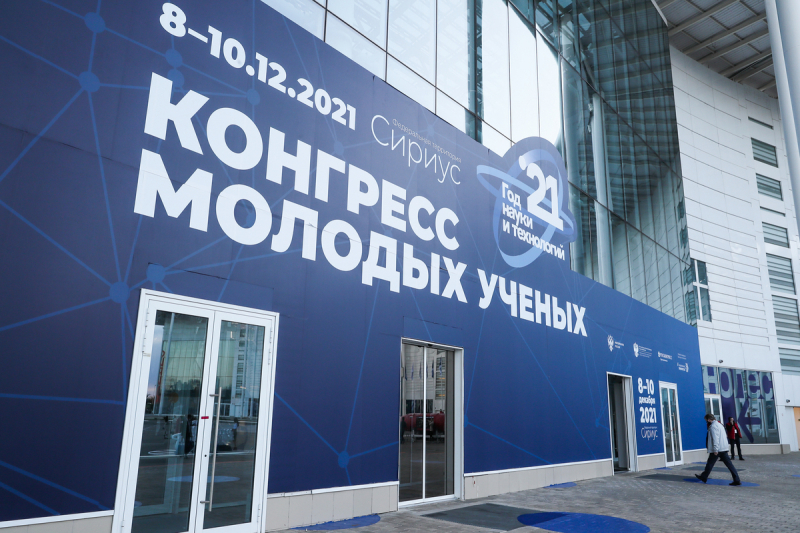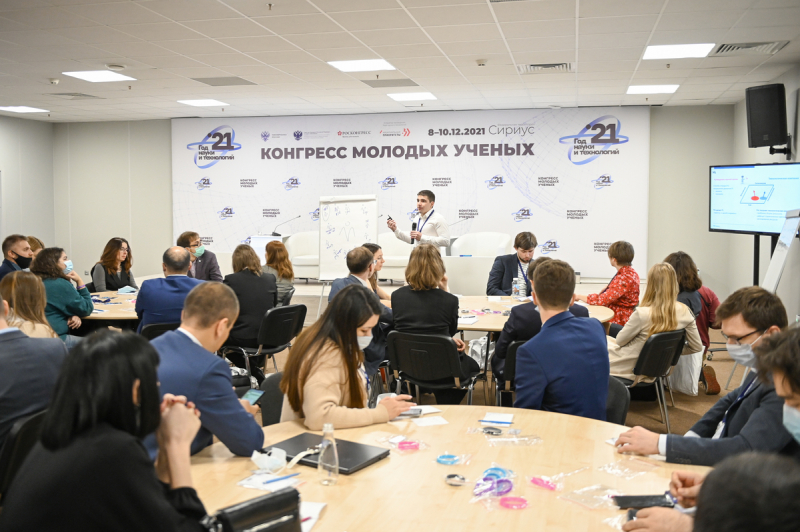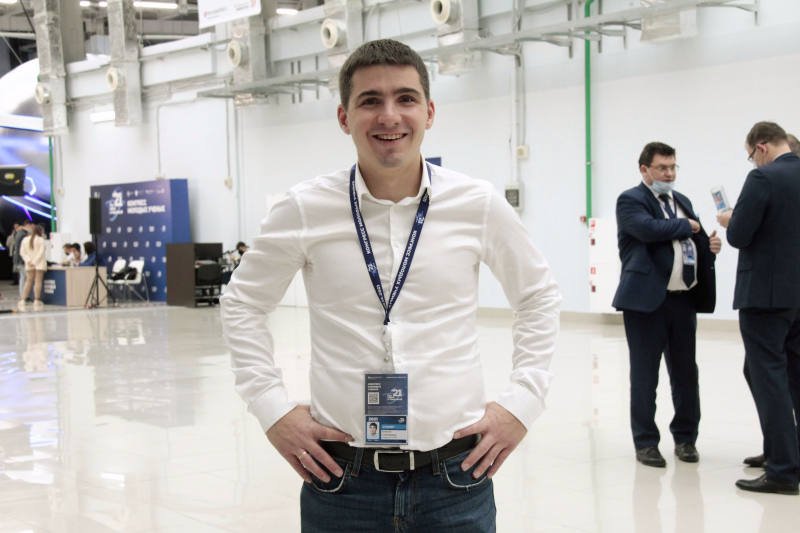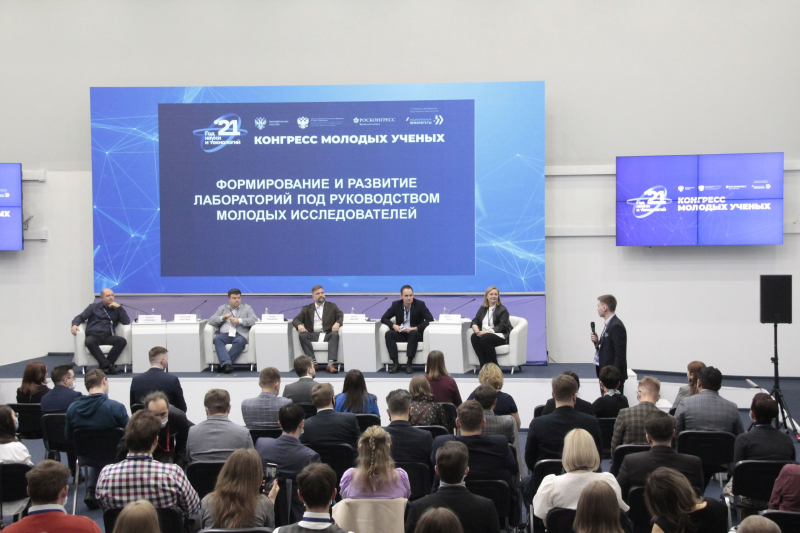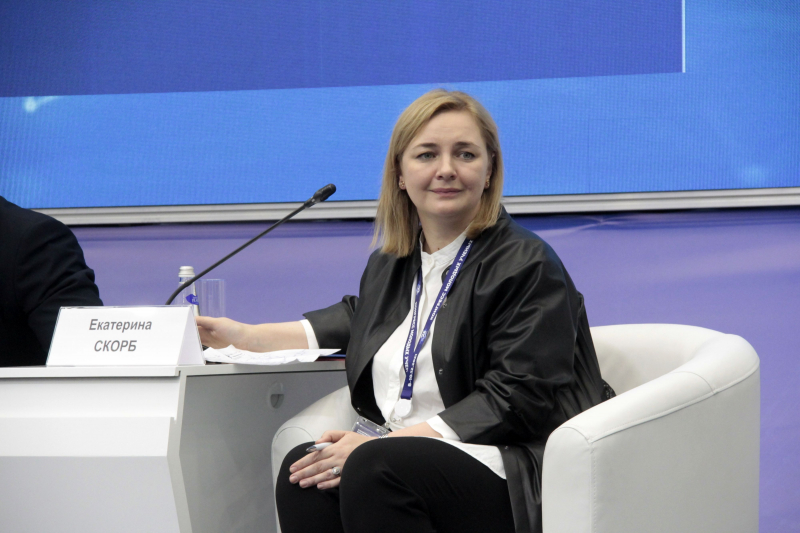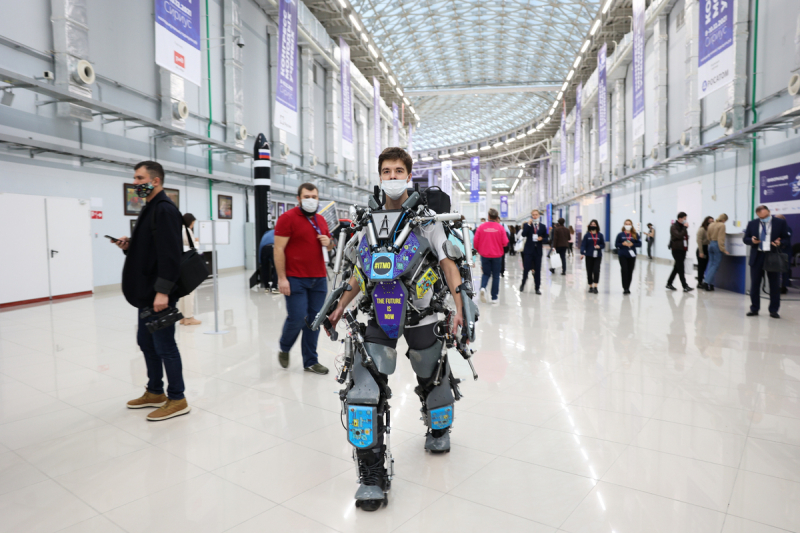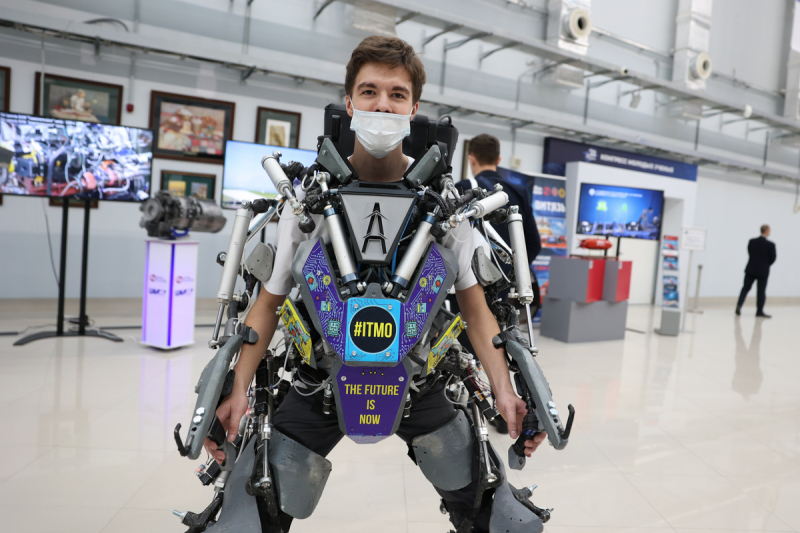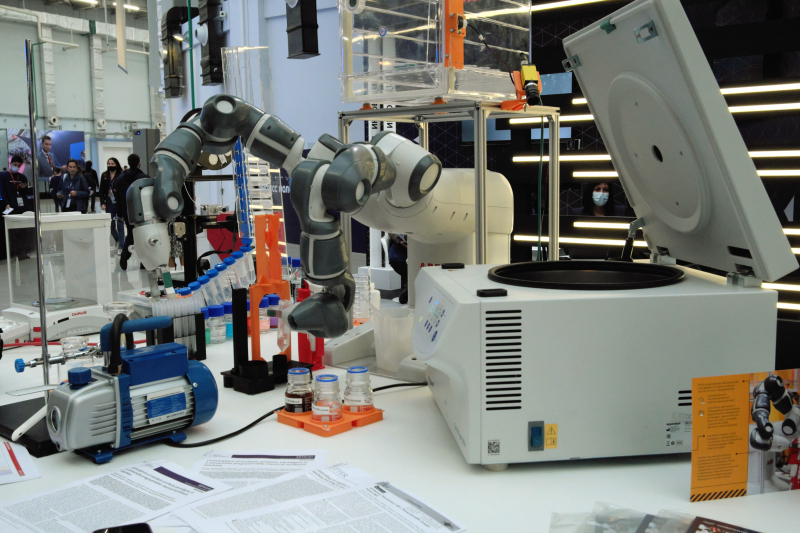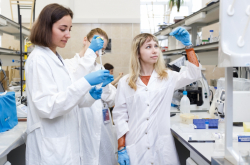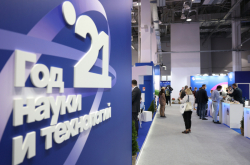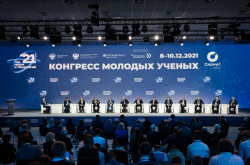Bridging the gap between applied science and industry
Alexey Slobozhanyuk, a senior research associate at ITMO’s Faculty of Physics, and Vladimir Lazarev, the head of the Laboratory of Stabilized Laser Systems at the Bauman Moscow State Technical University, participated in the initiative organized by the Coordination Council for Youth Affairs in Russia. The aim of the RSF School 2.0 is to help researchers gain more insights into the grants system, as well as promote and help them get their research to the market. Over two days, the participants will work in groups and meet Andrei Fursenko, the Aide to the Russian President, Alexander Khlunov, the general director of the Russian Science Foundation, and Andrey Blinov, the deputy director of the Russian Science Foundation.
“Scientists come up with their projects for their own reasons, not thinking much about the needs of the industry and businesses. And here's the catch, researchers spend a lot of time trying to bring their ideas to life and when they do, they struggle to find potential buyers. In most cases, such inventions are not in demand on the market. Our goal is to encourage scientists to engage in dialog with entrepreneurs, set common agendas, and establish stable long-term relations. We want researchers to start considering the industry's requests, too, when they’re working on applied projects. Or even, ideally, brainstorm together with business representatives. This is all possible, and RSF is one of the many platforms that will help us achieve these goals,” says Alexey Slobozhanyuk.
Biggest trends in modern laboratories
Ekaterina Skorb, the director of ITMO’s Infochemistry Scientific Center, moderated a discussion on the establishment and development of laboratories under the supervision of young researchers. During the talk, Igor Bondar (Institute of Higher Nervous Activity and Neurophysiology), Alexander Fertman (Skolkovo Foundation), Igor Furtat (Institute for Problems in Mechanical Engineering), and Kirill Krinkin (St. Petersburg Electrotechnical University) spoke about possible ways to conduct joint interdisciplinary research and integrate education and research, as well as shared their best practices of involving students in research projects.
“Modern universities are in the process of redefining themselves. They have to rethink their approaches to integrating scientific studies into education and their commercialization. A great emphasis is placed on laboratories that will be able to function independently within several years. Yet the question remains as to whether these laboratories are up to that challenge or not. Each organization has to make its own decision without, of course, totally neglecting external financing and turning to applied studies for money. First and foremost, laboratories are here to train new generations of young people. That’s what we do at the Center. Surely, not all of them will devote their lives to science. Yet by 2030, we’d like to have those by our side who will organize lab ecosystems, understand that fundamental technologies are in the hands of researchers and it’s easier for businesses to reach out to us because we are already steps ahead,” Ekaterina Skorb explains the mission of the university labs.
Combining art and science
Daria Denisova, the head of ITMO’s Center for Science Communication, was an expert at the Science Art panel discussion. The participants of the discussion, Andrey Voronin and Ekaterina Belyaeva (MISiS), Sergey Malozyomov (NTV TV channel), Alexey Rezepkin (Nauka TV channel), Alexander Serechenko, and Ekaterina Pryanichnikova (Dreams of the Machine project) shared their views on how to promote science, explained what formats could attract people of all ages and interests, and elaborated on the issue of popular science verification.
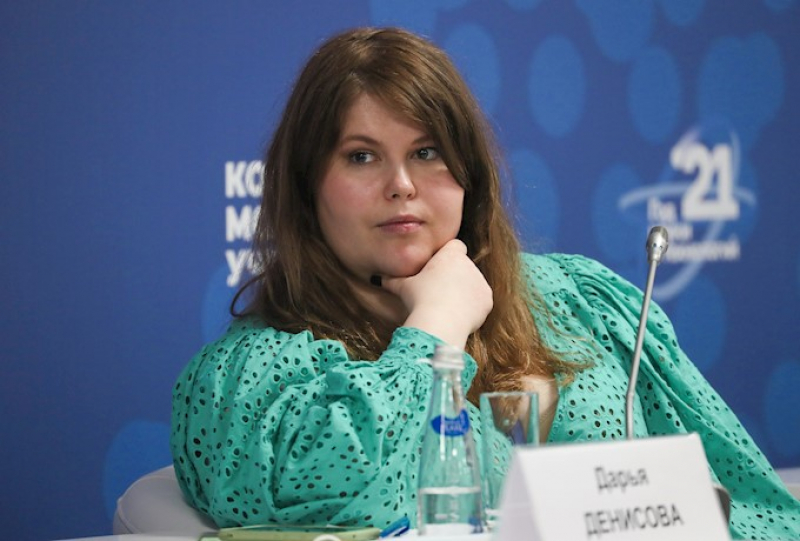
Daria Denisova. Photo courtesy of Oleg Barkhanov / Roscongress Foundation
“The synthesis of arts and sciences makes it possible to communicate with the audience in new, sometimes unexpected forms: not only through images but also involvement and engagement. It is symbolic that the motto of the Congress is ‘Science is art’. I believe that this is one of the finest phrases to sum up the Year of Science and Technology,” explains Daria Denisova on art & science and new ways to promote science.
Other events in Sirius
The three-day Congress will be jam-packed with discussions, lectures, workshops, as well as formal and informal meetings. The program includes 90 sessions, roundtables, and plenary meetings on five main tracks: Year of Science and Technology, Management and Investment, Cooperation and Coordination, Infrastructure and Environment, and Staff and Human Resources. This year’s conference encompasses a wide range of scientific fields – from space and nuclear research to artificial intelligence and art & science.
In addition to the eventful business program, participants can expect movie screenings and intellectual games. The first day culminated with a jam session of the Science Club, a joint project of the Fund for Infrastructure and Educational Programs, and Bumaga online newspaper.
As part of the program, the Park also hosts the VUZPROMEXPO, a national convention on the subject of science and education.
